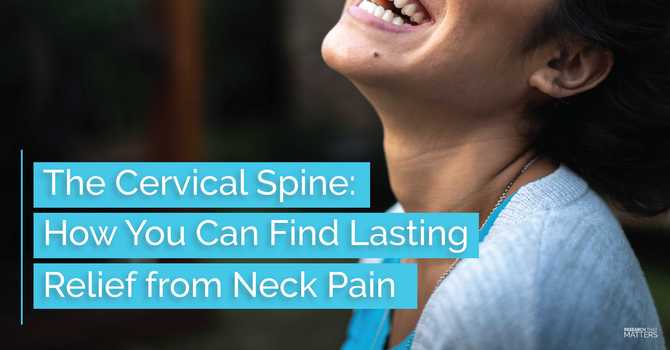
Frozen shoulder syndrome, or adhesive capsulitis as it’s scientific name, describes a painful and limited motion of the shoulder joint. This condition affects 2-5% of the population at some point in their lives. Patients with diabetes are even more susceptible with 10-30% higher incidence in those populations. This condition is most commonly found in people 40-65 years old, is more common in females, and strangely, more common in Asians.
Your chiropractor in Rochester, NY knows that frozen shoulder syndrome can be very complicated and has been split into two categories, primary and secondary. The patient would fit in the primary category if there is ongoing painful and limited motion with no identifiable cause for the condition. Secondary capsulitis is more common and begins after there was a time of shoulder immobilization (rotator cuff injury, trauma, surgery, etc).
Depending on what model you're going off of, there are 3-4 stages when it comes to the lifespan of a frozen shoulder syndrome:
Stage 1 is the pre-cursor stage and the patient will feel achiness that becomes sharp pain at the end range of shoulder motion. In this stage, inflammation begins in the shoulder joint. Some models skip this stage completely in identifying frozen shoulder syndrome.
Stage 2 is the freezing stage and is characterized by a gradual loss of shoulder range of motion over the course of the next few weeks to months. In this stage, more inflammatory infiltration occurs in the shoulder joint. There is also new nerve growth in this stage which contributes to an increased pain sensation when moving the shoulder.
Stage 3 is the frozen stage and the patient will experience significant loss of shoulder range of motion with more severe pain. In the joint itself, adhesions form which further decreases the range of motion of the shoulder. With the shoulder being immobilized in this stage, long term effects begin to set in such as muscle atrophy, joint degeneration, and permanent restriction of motion.
Stage 4 is the thawing stage and this is where the symptoms begin to progressively improve. This stage may last up to 9 months.
Treatment for frozen shoulder syndrome is heavily debated and no single intervention has shown to be significantly more effective than any other. The general rule of thumb with treating frozen shoulder syndrome is to reintroduce motion to the joint. Active and passive stretching of the shoulder to help with joint mobilization. Adjustments to the neck and mid back have also been shown to be helpful. At least one study showed that adjustments to the C0-C1 joint (where the skull connects to the neck) has provided positive outcomes for frozen shoulder syndrome!
If you believe that you have frozen shoulder syndrome, regardless of what stage it may be at, give our office a call. Here at Rush-Henrietta Family Chiropractic, your Rochester, NY chiropractor, we have the tools to be able to thaw out that shoulder and get you moving again!
.jpg)

